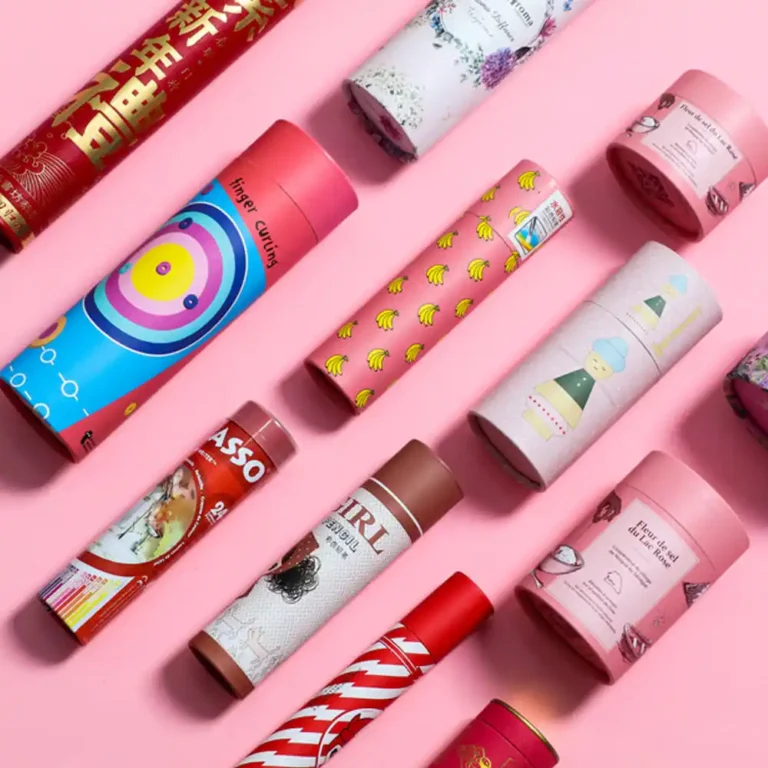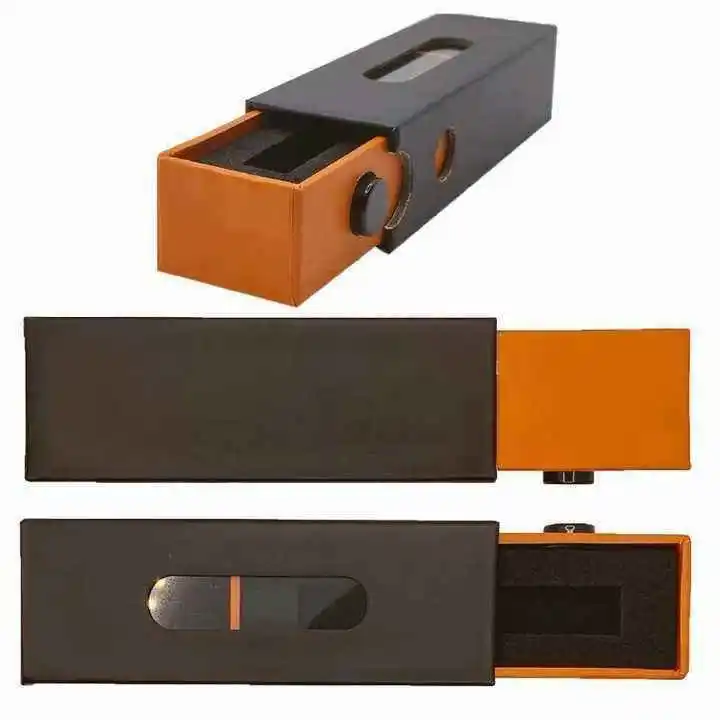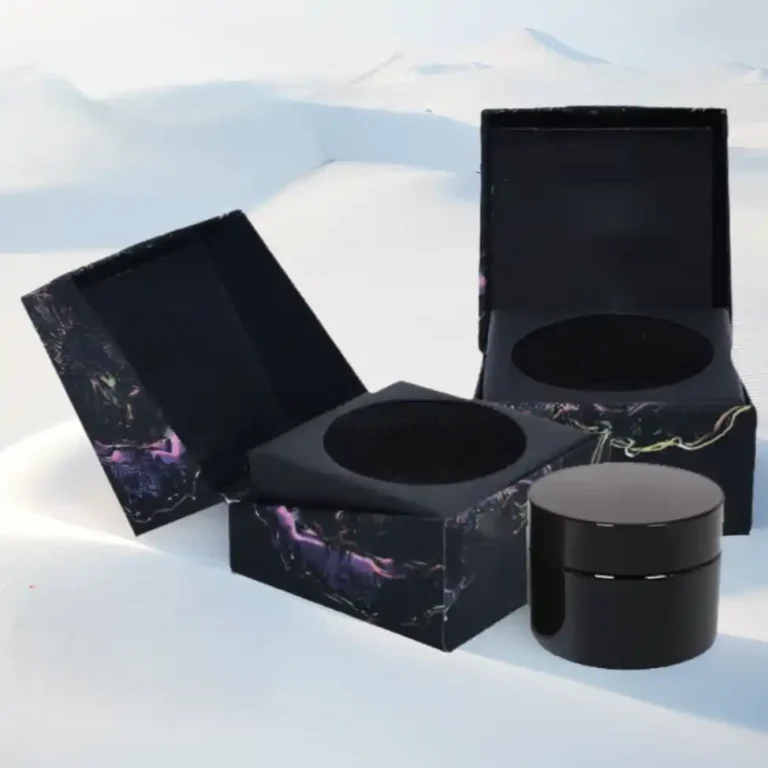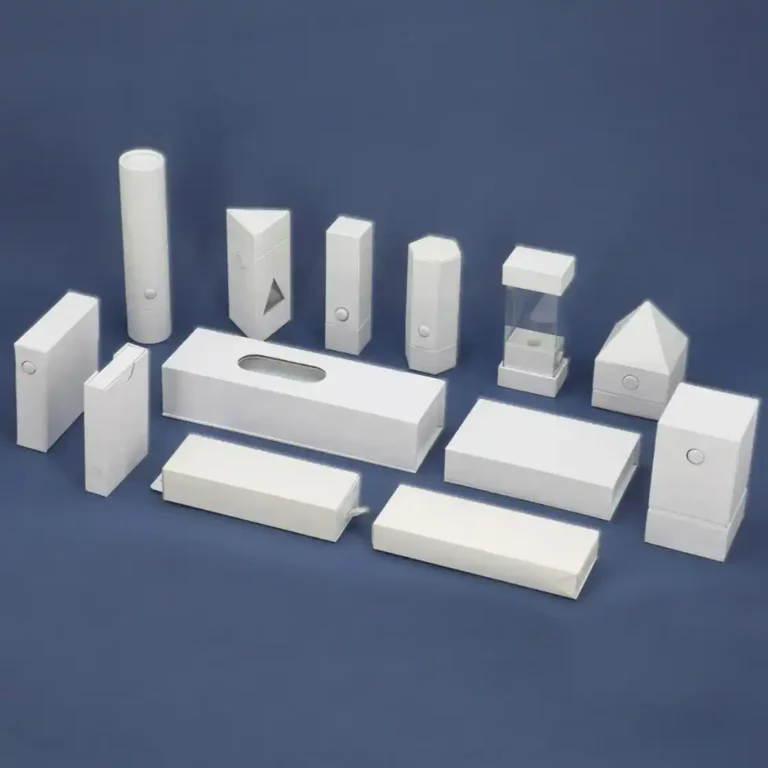Testing Your Child-Resistant Design
If you sell cannabis, cosmetics with active ingredients, vape oil or other high-risk products, “child-resistant” on the box is not just a nice label. It’s a legal promise. And if the design fails in the real world, you don’t only lose product. You take compliance risk and maybe brand damage that is hard to fix.
In this guide we walk through how to test your child-resistant design in a practical way, using real scenarios from brands that work with Zhibang Packaging. The tone is simple, but the idea is serious: keep kids safe, keep adults happy, and keep your boxes on the shelf, not in a recall notice.
Table of Contents
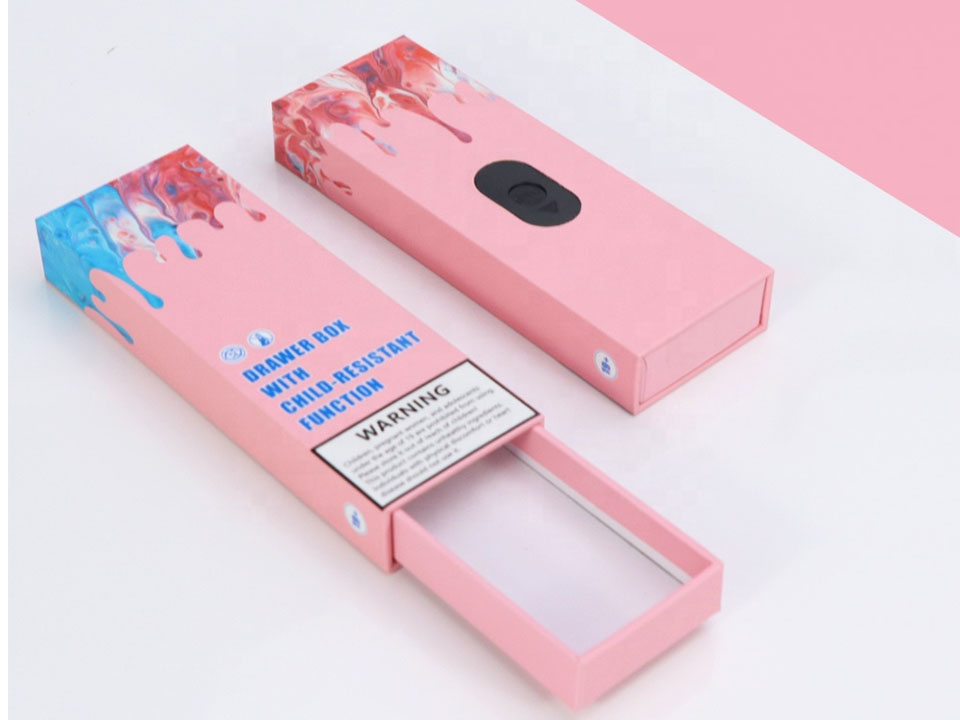
Why Child-Resistant Packaging Testing Matters
Child-resistant packaging is more than a “strong box”. It’s a system that has to:
- Slow down children under a certain age
- Let normal adults open it without tools or tricks
- Survive shipping, storage and repeated opening
If you sell cannabis edibles, vape cartridges, concentrates or CBD, regulators expect you to prove this. When you design child-resistant packaging, testing is basically your insurance policy.
Real buyers also look for this. Retailers, distributors and big platforms now ask for CR testing reports before they list THC or CBD SKUs. If your box feels flimsy or confusing, they just move to the next vendor.
Key Child-Resistant Packaging Testing Requirements
You don’t need to quote standards line by line, but you should understand what they want from your box.
Child-Resistant Effectiveness and Pass Rates
A typical test program focuses on one core question: can most children still not open the pack after trying seriously?
In many markets, the panel is built like this:
- Children in a defined age range try to open the pack for a set time
- No tools, no teeth, just hands
- They may get a short “demo” later and try again
You don’t run these tests at home. You work with a lab. But when you design your packaging, you should already imagine that scene: twenty or more kids with the same box in their hands.
To keep your design realistic:
- Avoid obvious pull tabs or weak tear points
- Make the motion a bit non-intuitive for kids (push-then-slide, squeeze-and-pull, etc.)
- Use rigid structures like drawer boxes or tubes that don’t collapse right away
For example, Zhibang’s child-resistant drawer box for live resin pods uses a push-pin plus drawer slide. For an adult it’s clear after one try. For small kids, not so easy. That is exactly what you want.
Adult-Use Effectiveness Testing
The second half of the story is adult-use effectiveness. If grown-ups can’t open the pack, they won’t say “great, so safe”. They get angry, rip the board, or leave the lid half closed. That’s how accidents happen.
Testing for adults usually checks:
- How many adults can open the packaging in a few minutes
- Whether they can reclose it correctly
- Sometimes, how seniors handle it with lower grip force
So in your design review:
- Check opening force: too light feels unsafe, too hard feels “broken”
- Make the motion simple to remember: push-turn, squeeze-pull, press-slide
- Support the motion with clear icons and short text, not long instructions
A practical example is the child-resistant vape cartridge box style: a rigid sliding box with a CR locking notch. Adults understand the gesture fast. Kids need much more time and they often fail.

Testing Scenarios for Child-Resistant Packaging
You don’t need to write a 50-page protocol. But you should run through basic scenarios before you pay for a full lab study.
| Testing focus | Typical metric in practice | Why it matters for your design |
|---|---|---|
| Child panel attempts | % of children unable to open | Shows if the CR mechanism really slows kids down, not just looks “child resistant”. |
| Adult opening | % of adults who open within set time | Tells you whether the design is user-friendly enough for daily use. |
| Senior handling | % of seniors who can open / reclose | Checks “grandparent scenario”, very important for some product categories. |
| Reclosure performance | % of adults who reclose correctly | If adults fail here, the box becomes unsafe at home, even if lab numbers look okay. |
| Abuse and misuse testing | Damage after rough handling | Simulates real chains: shipping, drops, kids throwing the box around at home. |
This kind of table is not only “for the lab”. You can use it as a checklist in your design meetings and line trials.
Designing Child-Resistant Packaging That Adults Can Actually Use
Here is where the balance gets tricky. If you over-engineer the lock, adults hate it. If you make it too easy, the child test fails.
Some tips from real projects:
- Use a clear primary gesture: one key motion that unlocks the box
- Keep the number of steps low, ideally one or two
- Add strong visual cues on the outside panel
- Combine structure and graphics, don’t rely only on text
You can see this balance in many of our cannabis projects. A multi-pack like the child-resistant cannabis pre-roll packaging box set uses an insert and slide system that locks each stick in place. Adult users open the box, take one pre-roll, reclose, and the lock still works again and again.
If you need more branding area, a tube style works too. For instance, child-resistant vape cartridge packaging tubes give you a tall print surface plus a push-and-turn cap at the top. It looks premium on the shelf and still hits the CR requirements when tested correctly.

Step-by-Step Process for Testing Your Child-Resistant Design
Let’s keep it simple and actionable.
Prototype Validation for Child-Resistant Packaging
Before you jump into a formal child panel:
- Build several prototype versions
- Different board thickness
- Slight changes in locking shape
- Maybe two or three opening motions
- Run informal “desk tests”
- Get team members to open and close them
- Ask them which one feels safe but not annoying
- Time how long they take, even with a phone stopwatch
- Stress the structure
- Drop the box a few times
- Shake it with product inside
- See if the lock loosens too fast
You don’t need perfect grammar in your notes, but you need honest feedback here. Many brand teams skip this and go straight to pretty artwork. Then they stuck later when the lab says “adult panel failed”.
Pilot Production and Ongoing Quality Checks
After you choose a final structure and pass formal CR testing, the job is not totally done. Real printing and gluing can slightly change how the lock works.
On your first production run:
- Check samples at the beginning, middle and end of the batch
- Measure how much force you need to slide, lift or twist
- Confirm insert and tray are aligned, no unexpected loose fit
For example, a strong design for concentrate packaging boxes can still fail in market if the foam inserts are cut too small and jars rattle inside. So you keep an eye on this in every PO.
Common Failure Modes in Child-Resistant Packaging
Sometimes a design looks “perfect” on screen, but fails in a very simple way. These are the patterns we see most often.
Misaligned Inserts and Weak Tear Points
If the insert shifts during shipping, kids may find a short path to the product. Or a sharp corner of the jar slowly cuts a soft wall and creates an easy tear point.
Watch for:
- Oversized windows in folding cartons
- Very thin paper around corners of jars
- Loose cavities in foam or cardboard inserts
A strong rigid solution, like a child-resistant cannabis box with window and foam insert, helps lock the jar or pod in place so the CR performance is not lost just because of bad fit.
Overcomplicated Opening Mechanisms
On the other side, some designs try too hard to be “smart”. Two locks, hidden buttons, long instructions. Adult panel is often the part people ignore, but they really shouldn’t.
Signs your mechanism is too complex:
- First-time users need more than one try
- You see torn edges where people forced it
- Seniors complain about pain in fingers or wrists
A cleaner structure, like many pre roll boxes with one clear slide or click, tends to perform better. Less confusion, less misuse.
How Zhibang Supports Your Child-Resistant Packaging Projects
Zhibang is not only a box factory. We work as a small extension of your packaging team. For brands in cannabis, vape, beauty and specialty food, we usually support you in three ways:
- Structure development for rigid drawer boxes, tubes and clamshells that are suitable for CR testing
- OEM/ODM service for global retailers, distributors, cross-border e-commerce brands and design agencies
- Bulk production and consistency control so every batch stays close to the tested sample
If you need a full line for a cannabis launch — jars, cartridges, and edibles — you can mix different styles, for example:
- Primary cartridge pack using a child-resistant vape cartridge slide-out drawer packaging
- Multi-pack pre-rolls in a magnetic-closure pre-roll gift box with 5-pack dividers
- Concentrate jars in a compact marijuana packaging range
All of them can share one brand language while still doing the hard job: protect children and pass audits.
If you’re planning a new SKUs family or you want to upgrade an old non-CR design, you can reach out through Zhibang Packaging and talk through your testing plan, not only the print file. Sometimes a small change in lock, insert or opening motion make the difference between “almost passed” and “approved”.






